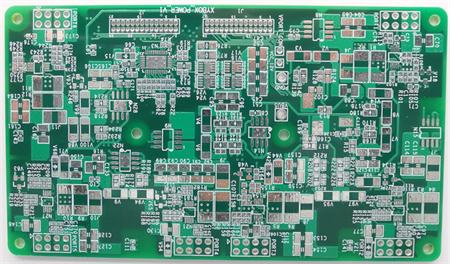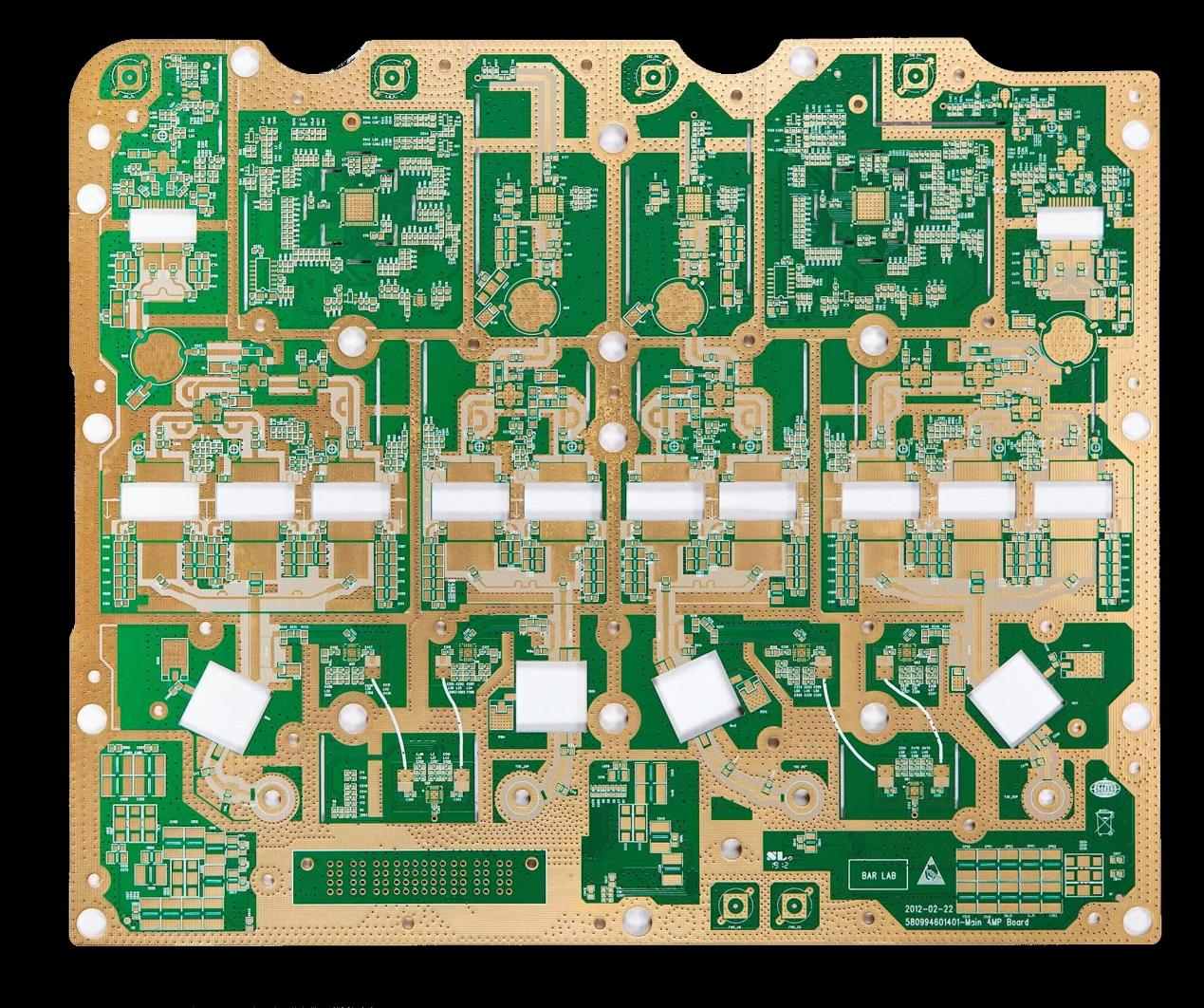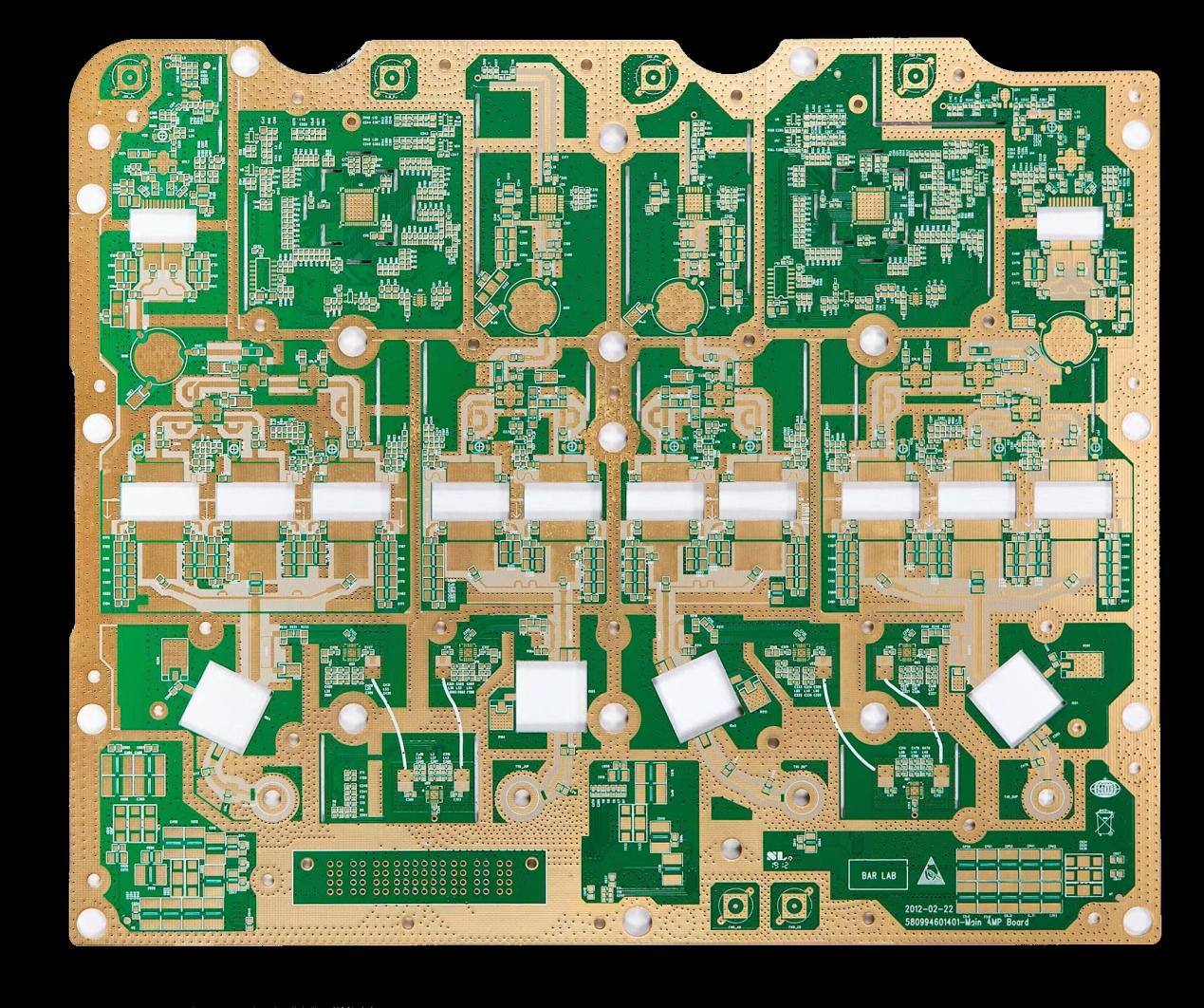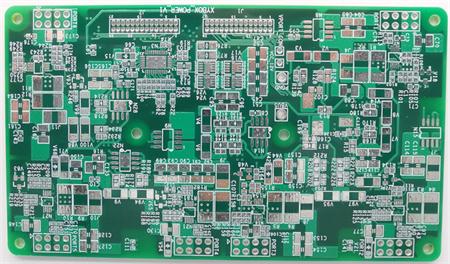
Flexible circuit boards are manufactured using very sensitive components. Therefore, if the flexible PCB is not handled carefully, the circuit board will be damaged. Applying pressure on any small part of the flexible PCB can cause serious damage, and a small amount of static electricity can completely damage the circuit board. To prevent such damage, you need to keep the generated static electricity to a minimum, release the accumulated static electricity, and handle the flexible printed circuit board carefully.

The following are some important precautions to take when handling and storing flexible circuit boards:
1、 Properly grounded
Before handling flexible circuit boards, it is recommended that you wear rubber soled shoes to help you ground. This will help prevent the accumulation of static electricity, which can seriously damage the circuit board.
You should also wear a grounded wrist strap whenever you handle circuit board components.
2、 Touch a piece of metal
It is recommended that you touch the metal sheet for at least two seconds to help you release any remaining power that may remain in your body.
3、 Maintain high humidity
You should create and maintain high humidity in your workstation. This will limit the accumulation of static electricity that is common in dry atmospheres.
4、 Keep away from materials that generate static electricity
Unless absolutely necessary (most likely never), any electrostatic generating material should be removed from the immediate vicinity of the flexible PCB. Materials such as plastics, fabrics, vinyl and polystyrene foams tend to accumulate static electricity.
5、 Put on gloves
During unpacking, gloves should be worn when operating the flexible circuit board. When taking out the circuit board from the anti-static bag, at least one of the edges of the circuit board needs to contact the anti-static bag. You should place the flexible circuit board directly on the bag and leave it there until you are ready to install the circuit board.
6、 Correct installation
You need to use the required pressure (do not apply too much pressure) to install the flexible circuit board into the correct module of the product or equipment to fix it in the correct position. Do not force the assembly into place.
7、 Check protection
The designated workstation and storage area of the flexible circuit board should be checked regularly to ensure that they can safely protect the flexible PCB. The main areas of concern are the electrostatic dissipation of the working surface, the correct grounding method, the operation of the ion blower and ion air gun, and the electrostatic dissipation of the floor surface.
8、 Use shielding bags or boxes
Because the flexible circuit board is very sensitive, it should be enclosed in a shielding bag or box when it is not operated. These are three types of ESD protective housing materials. They include:
1. Antistatic: This material provides anti-static buffer for electronic components.
2. Electrostatic shielding: This material can prevent electrostatic penetration into the package.
3. Electrostatic dissipation: This material has sufficient conductivity to help dissipate electrostatic accumulation.
9、 Use special lotion
Do not use lotion and hand creams containing silicone, as they may cause epoxy bonding and solderability problems. Ensure that a specially formulated lotion is used to prevent contamination of the flexible PCB.







